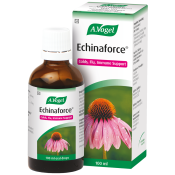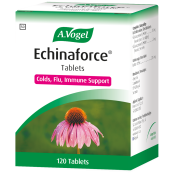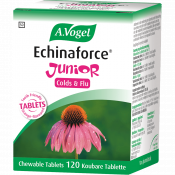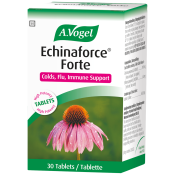What are colds?
A cold is a contagious viral disease which infects the upper respiratory tract. There are more than two hundred viruses that can cause the common cold which is why people can catch colds again and again. Most people will catch a cold two to four times a year. They are much more common during the winter months. There is a difference between colds and flu.
Common cold symptoms
The cold virus tends to attach itself to the soft, warm surfaces of the nose, throat, and sinuses. This is where the symptoms of the cold normally occur. The first symptom is often an irritation or soreness in the throat. However, a large range of cold symptoms may be experienced.
The main symptoms of a cold in adults and older children are:
- A blocked nose
- Sore throat
- Cough
- Earache
- Feeling lethargic
- Headache
- Mild muscle pain
- Runny nose
- Sinus pain
- Sneezing
Younger children and infants may experience other cold symptoms such as:
- Being restless or uncomfortable
- Fever
- Problems feeding
- Swollen glands
In most cases, symptoms of a common cold appear within one or two days of being infected by the virus and last for about a week.
What causes a cold?
Many colds are caused by rhinoviruses which are found in the invisible droplets of air that are breathed, coughed, or sneezed out by someone with a cold. These are then either breathed in by others or they land on objects that are touched or picked up and, in this way, get transported to another person’s nose or mouth.
There are more than one hundred different rhinoviruses that can make their way into the lining of the throat or nose. They trigger an immune system reaction which causes the symptoms of sore throat, headache and other common cold symptoms.
Although rhinoviruses are the main cause of colds, other viruses such as coronaviruses, adenoviruses and respiratory syncytial viruses are also common causes. It is due to the vast numbers of different viruses that can infect individuals that colds can be recurrent as, once you develop immunity to one virus, another virus may come along and cause a slightly different infection.
How do you catch a cold?
Colds are at their most contagious during the first two to four days after the symptoms appear in someone affected, and he or she can stay contagious for up to three weeks.
Colds are spread by virus particles in the air which are disseminated by sneezing or coughing. However, you may also catch a cold through close personal contact with someone or even through indirect contact with an infected person.
Complications of the common cold
In most cases, colds do not cause any major health problems. Although symptoms such as coughs or sore throats may be irritating and uncomfortable, with the common cold, symptoms do not tend to persist for more than one week. Sometimes complications or secondary bacterial infections can develop such as sinusitis, tonsilitis, otitis and bronchitis.
In older children and adults, colds may cause:
- Inflammation of the sinuses.
- A chest infection or pneumonia.
- Worsening of asthma.
In younger children, middle ear infections are the most common complication of a cold. In the case of infants, croup may develop.
Popular cold remedies
There are many different remedies for cold symptoms on the market. However, there is no cure for the common cold. Antibiotics which treat infections caused by bacteria, do not have any effect on cold viruses. You might want to consider:
- A.Vogel Cold Formula: A homeopathic medicine for the supportive treatment of excessive mucus and congestion of the upper respiratory tract. The ingredients address sneezing, runny or blocked nose, postnasal drip, nasal congestion, hoarseness, and teary eyes.
- A.Vogel Echinaforce Sore Throat Spray: An effective spray combining Echinacea purpurea (Echinaforce) and sage that treats pain, inflammation and infections of the mouth and throat, such as pharyngitis, tonsillitis, sore throats, and hoarseness associated with coughs, colds, and flu.
- A.Vogel Headache Formula: A homeopathic medicine for the prevention and supportive treatment of headaches, and recurring headaches. Ingredients address spasms, tension, and support detoxification as well as address associated symptoms such as nausea, visual disturbances, and light sensitivity.
- A.Vogel Echinaforce: A herbal remedy for the prevention and symptomatic treatment of colds, flu, respiratory tract infections and recurrent respiratory tract infections. Also helps prevent complications of these infections, such as sinusitis, tonsillitis, otitis, bronchitis, and pneumonia. Used daily as a preventative, Echinaforce helps to modulate and support the immune system, helping to improve resistance to colds, flu, and recurring respiratory tract infections.



